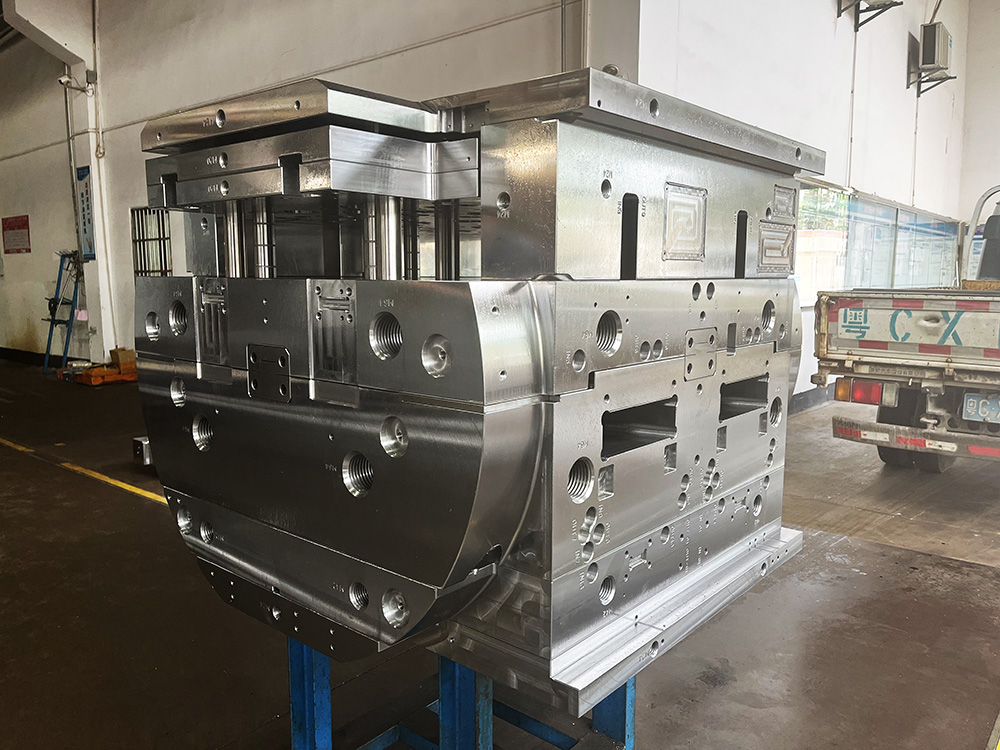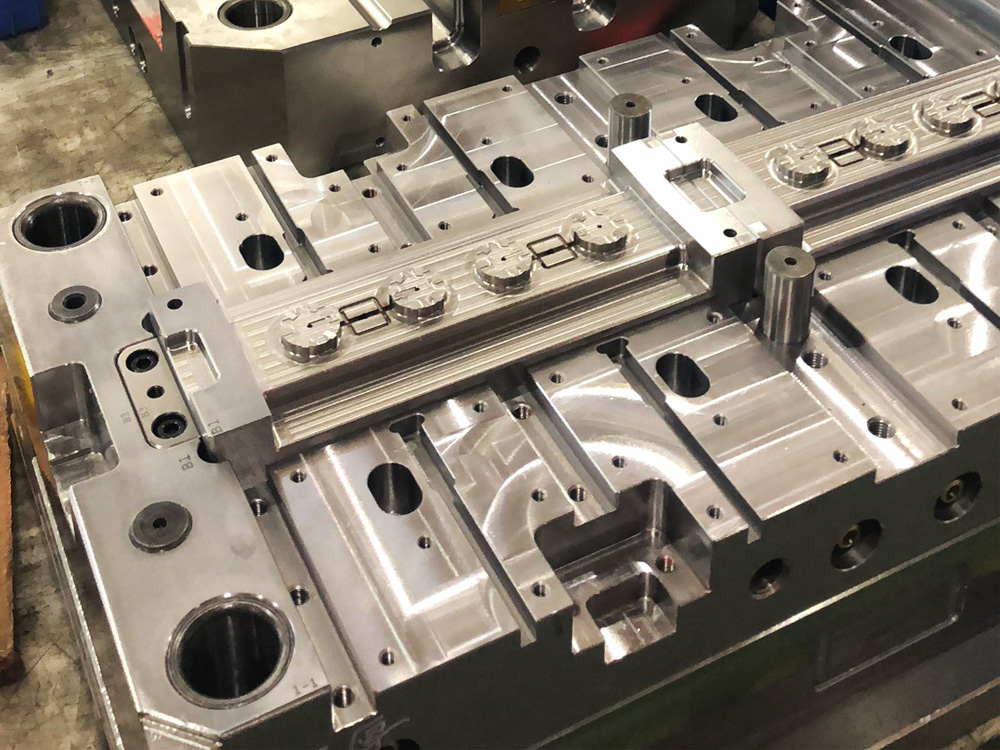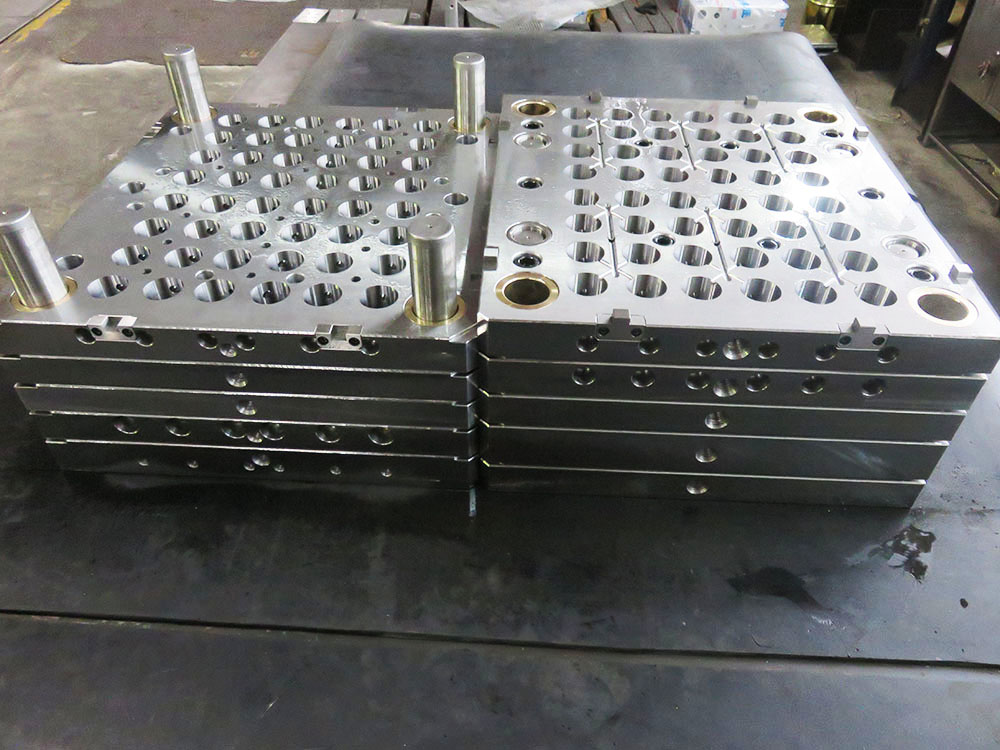Understanding the standard tolerance table for modular frame accessories
In the mold base industry, having a thorough understanding of the standard tolerance table for modular frame accessories is crucial for ensuring precision and compatibility in the production process. This article aims to provide a clear and professional interpretation of this important reference guide.
Modular frame accessories, such as clamps, brackets, and connectors, play a vital role in construction and assembly processes. They provide the necessary support and stability for various components, enabling the creation of complex structures. To ensure seamless integration, manufacturers follow standard tolerance guidelines, which are summarized in a tolerance table.
The purpose of the tolerance table
The tolerance table acts as a reference guide for designers, engineers, and manufacturers in the mold base industry. It provides precise measurements and parameters for various modular frame accessories, enabling consistent production and assembly. By adhering to the tolerances specified in the table, manufacturers can ensure that the final product meets the desired specifications.
Structure of the tolerance table
The tolerance table is organized in a systematic manner to facilitate easy interpretation. It typically includes columns and rows, with each column representing a specific accessory and each row specifying different tolerance levels. The first column lists the accessory's name, followed by subsequent columns describing tolerance values for dimensions such as width, length, and height.
Interpreting tolerance values
The tolerance values specified in the table indicate the acceptable deviation from the nominal dimension. A positive value signifies that the dimension can be larger than the nominal value, whereas a negative value indicates that the dimension can be smaller. The magnitude of the tolerance value determines the acceptable range, with smaller values representing tighter tolerances.
For example, if a bracket's nominal width is 30 mm, and the table specifies a tolerance of ± 0.2 mm, it means that the bracket's actual width can range from 29.8 mm to 30.2 mm. Any dimension within this range will be considered acceptable and ensure compatibility with other components.
Utilizing the tolerance table effectively
To make the best use of the tolerance table, it is essential to understand the specific requirements of the project and select the appropriate accessories based on the desired tolerances. This involves careful consideration of factors such as the intended use of the structure, load-bearing capacity, and manufacturing processes.
Additionally, it is important to regularly update and review the tolerance table based on the evolving needs of the industry. As technologies advance and new materials and dimensions emerge, the table should be revised to accommodate these developments and ensure compatibility across different projects.
Conclusion
In the mold base industry, a comprehensive understanding of the standard tolerance table for modular frame accessories is vital for maintaining precision and compatibility in construction and assembly processes. By interpreting the table accurately and selecting the appropriate accessories, manufacturers can ensure the production of high-quality structures that meet the desired specifications. Regular updates to the tolerance table are essential to address the changing needs and advancements in the industry.




